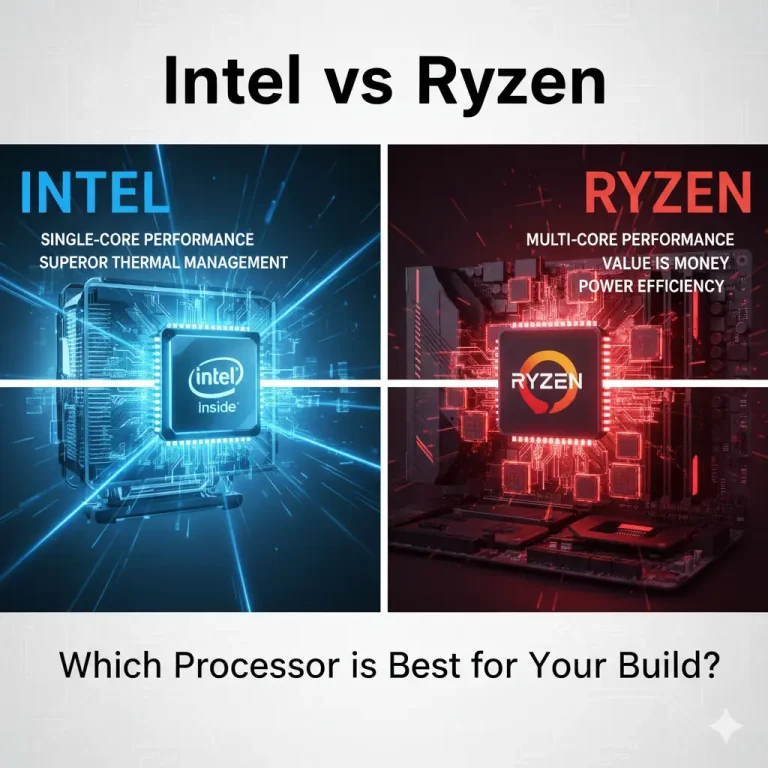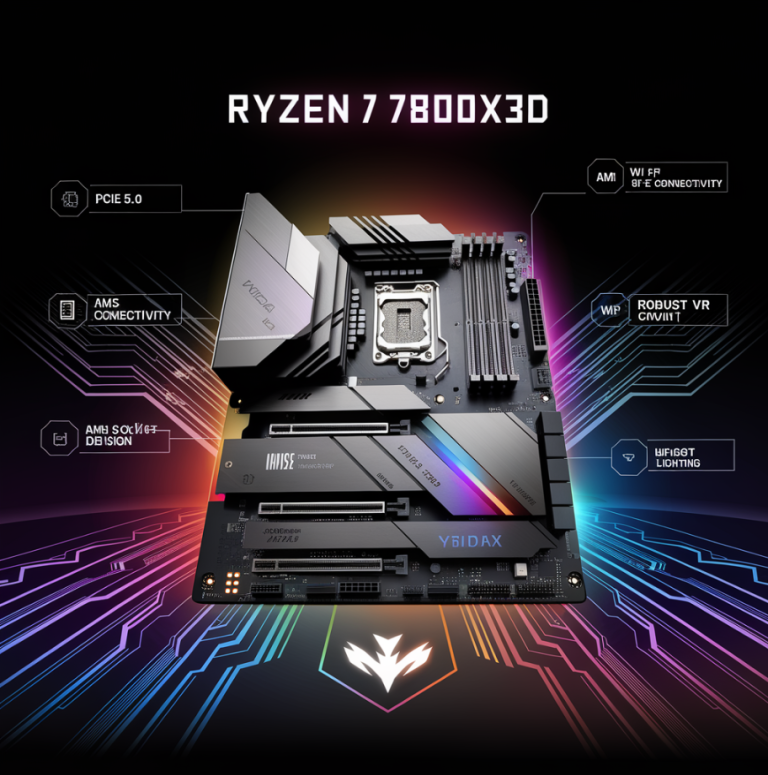Ceramic CPUs:
Ceramic CPUs, also known as ceramic processors, are a type of central processing unit encased in ceramic material. These CPUs were widely used in early computing due to their excellent heat resistance, durability, and cost-effectiveness at the time. Although modern processors have largely moved to plastic or metallic casings, ceramic CPUs remain a subject of fascination among collectors and computing enthusiasts.
History of Ceramic CPUs:
Ceramic CPUs were first introduced in the 1970s and gained popularity during the 1980s and 1990s. Their durable construction made them ideal for the technological demands of the era, as computers became more accessible to businesses and individuals. Companies like Intel and AMD were pioneers in manufacturing ceramic processors during this time.
Ceramic CPU Materials:
By the late 1990s and early 2000s, advances in semiconductor technology led to a shift toward plastic and metallic casings. These materials offered better performance for high-speed computing and were more cost-efficient to produce. While ceramic CPUs were phased out, their legacy remains an important milestone in computing history.
Features of Ceramic CPUs:
Material Composition:
Ceramic processors are composed of ceramic substrates that house the silicon chips. The ceramic material provides excellent insulation and protects the delicate internal components from external damage. The durability and heat resistance of ceramics helped maintain stable performance under significant pressure and voltage demands.
Heat Resistance and Durability
One of the standout features of ceramic CPUs is their ability to withstand high temperatures. This made them highly reliable during an era when computers lacked advanced cooling mechanisms like Arctic thermal pastes and advanced IHS (Integrated Heat Spreaders).
Popular Models of Ceramic CPUs:
Intel’s Ceramic CPUs:
Intel’s ceramic CPUs, such as the Intel 8086 and 80286, played a pivotal role in shaping the personal computing industry. These processors were widely used in early PCs and workstations. Their sturdy construction and reliable performance made them a favorite among power users of the time.
AMD Ceramic Processors:
AMD also manufactured ceramic processors, including the AMD K6 and K7 series. These CPUs were known for their performance and affordability, competing directly with Intel’s offerings. AMD’s contributions introduced features like overclocking capabilities, which appealed to enthusiasts looking to push performance boundaries.
Rare and Collectible Ceramic CPUs:
Some ceramic CPUs, like the Intel Pentium Pro and Motorola 68000 series, have become valuable collectibles due to their historical significance and scarcity. These processors often feature gold-plated pins, making them attractive not only for collectors but also for those involved in CPU pins gold recovery.
Uses and Applications:
Vintage Computers:
Ceramic CPUs are still found in vintage computer systems that enthusiasts restore and maintain. These systems offer a glimpse into the early days of computing and often feature classic motherboards from companies like Tyan.
Educational institutions and researchers often experiment with ceramic CPUs to study the evolution of processor technology. Projects may involve motion studies in computing the thermal dynamics of ceramics, or even the relationship between CPU watt consumption and performance.
Ceramic CPU Gold Recovery:
Ceramic CPUs often contain gold-plated pins and traces, making them valuable for gold recovery. The extraction process involves refining methods like dissolving the ceramic in acids to isolate precious metals such as gold and silver. This process is popular among individuals and businesses involved in ceramic CPU gold recovery and other scrap recycling ventures.
While recycling CPUs can recover valuable materials, improper disposal poses environmental risks. Safe recycling methods help minimize the environmental footprint of electronic waste. Understanding the scrap value of ceramic CPUs is critical, as the ceramic CPU scrap price fluctuates based on market demand for gold and other metals.
How Much Are Ceramic CPUs Worth?
The value is based on factors like model, condition, and rarity. Some rare models can fetch hundreds or thousands of dollars in collector markets. Ceramic CPU scrap for sale also attracts interest due to the metal content, especially for those involved in refining gold and silver.
Collectors often consider the processor’s historical significance, manufacturing brand, and functionality when determining its value. The presence of components like gold pins and the potential for the CPU pin’s gold recovery can significantly impact scrap value.
How to Identify Ceramic CPUs:
A typically rectangular and have distinctive ceramic casings. They often feature gold-plated pins, a symbol of their premium construction. Some models also include branding etched onto the surface and unique serial numbers. The serial numbers and branding etched on ceramic CPUs provide crucial information about their model and manufacturing date. This is essential for collectors and those assessing the ceramic CPU scrap price.
The Future of Ceramic CPUs:
Ceramic CPUs hold a nostalgic value for computing enthusiasts, symbolizing an era of rapid technological advancement. They are frequently featured in tech magazines and articles discussing the classics of computing. The interest in these processors extends to their use in studies on innovative materials like graphene and silicone.
The robust design of ceramic CPUs reminds us of the importance of durability and reliability in processor manufacturing. These lessons remain relevant as the industry continues to explore advanced materials and designs, including the potential use of graphene for enhanced heat resistance.
FAQs:
How much gold is in a ceramic CPU?
The amount of gold in a ceramic CPU varies by model but typically ranges from 0.2 to 0.5 grams.
What CPU has the most gold?
High-end processors like the Intel Pentium Pro and certain AMD models contain the most gold due to their larger gold-plated pins and internal traces. Learn more about CPU Gold Recovery and how to extract gold from these valuable components.
How much gold can you recover from a CPU?
On average, you can recover between 0.15 and 0.3 grams of gold from a single CPU, depending on the model and manufacturing process.
What material is Intel CPU?
Intel CPUs are primarily made of silicon for the processing core, with casings made of ceramic, plastic, or metal depending on the generation.
Which processor has gold?
Most vintage processors, including ceramic CPUs from Intel and AMD, have gold-plated pins and traces.







